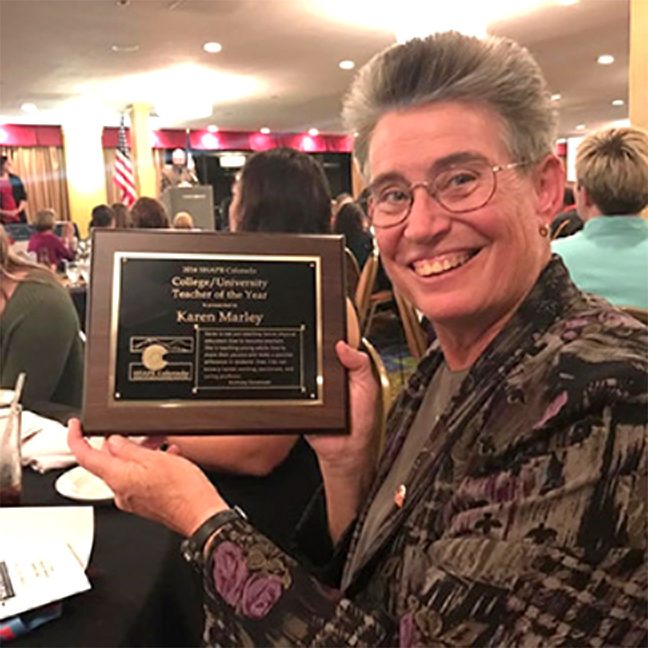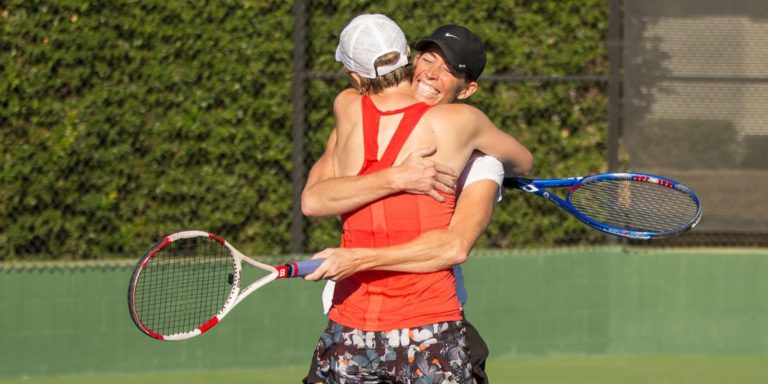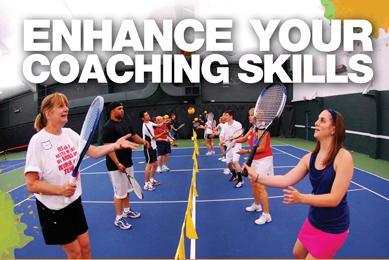HighFIVE: Karen Marley
Karen Marley is on an important mission- she’s encouraging her students to tap into tennis to help them be stronger physical educators. An instructor in the Department of Exercise Science, Health Promotion and Recreation at CSU Pueblo, she’s helping future PE teachers to be better and she’s using tennis to get the job done.
Passionate about the fact that kids aren’t getting enough exercise in the day to achieve optimal brain performance, she’s all about the showing the benefit of movement, but through tennis in particular.
Explaining that aerobic activities such as running and biking, have cardiovascular benefits that are also beneficial to health, tennis is unique in the variety of movements it takes to cover the court during play.
“Tennis is a great opportunity to perform movement that requires using both the right and left hemispheres of the brain,” she explains of why it’s like fertilizer for the mind. Understanding that even longevity is now being attributed to playing tennis, it’s the variety of movements and mental aspect of the game that challenge the full brain.
Karen also has seen that many students coming into the programs to be future PE educators aren’t coming in prepared to do the national standards themselves, a reflection of schools having eliminated much of the PE curriculum along the way and replacing it with subjects such as math and English. While she understands that it’s all important in creating successful students, she’s passionate that research is showing more and more how fundamental exercise is to the development and optimal function of the brain, so not having a focus on movement during school is counteractive to education efforts.
“To make the biggest impact on the future health of our society, we have to get to the physical educators out there,” Karen said of how that group will be affecting so many young people.
Karen is encouraged by the changes in youth tennis that make the sport more attractive to kids choosing an activity. The adaptations to the game are helping to create both investment into the lifelong sport, as well achieve healthier bodies and brains for the next generation.
“All that movement stimulates the brain which creates more success on and off the court,” Karen said.







